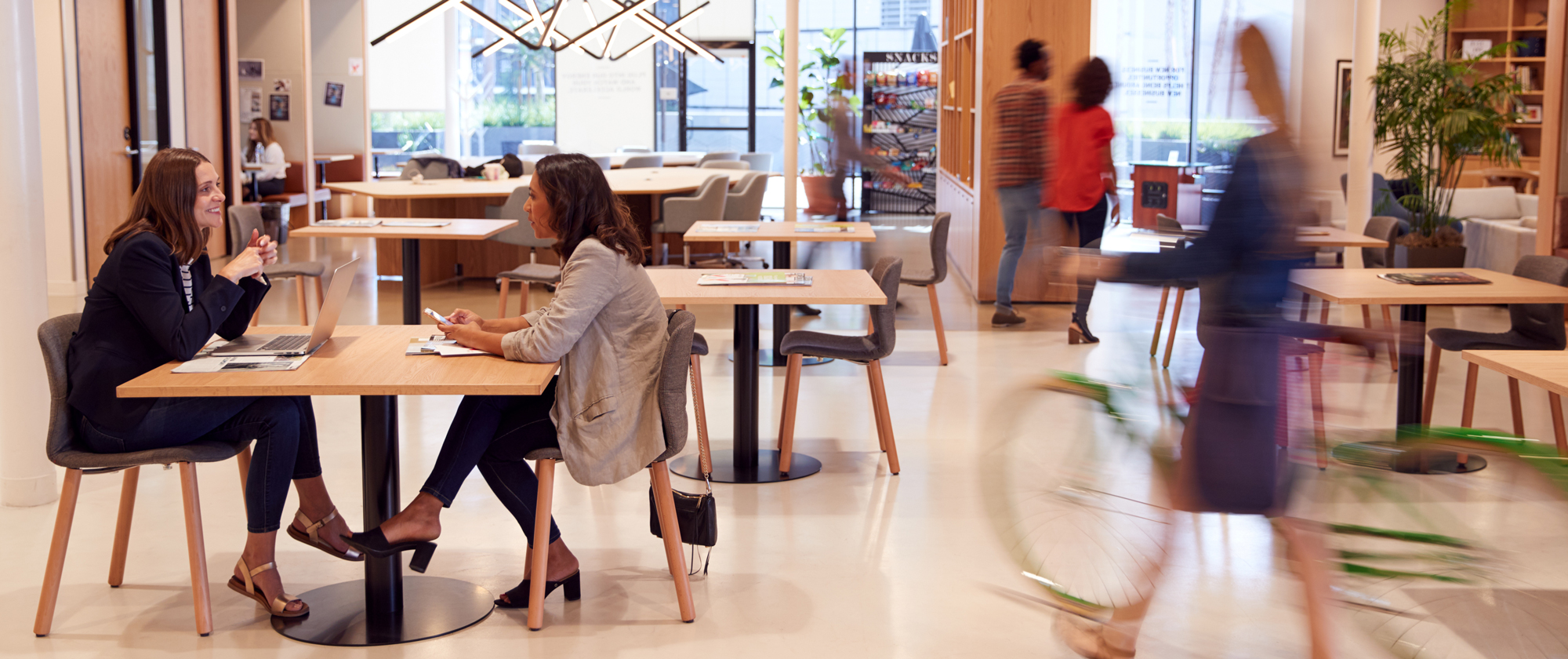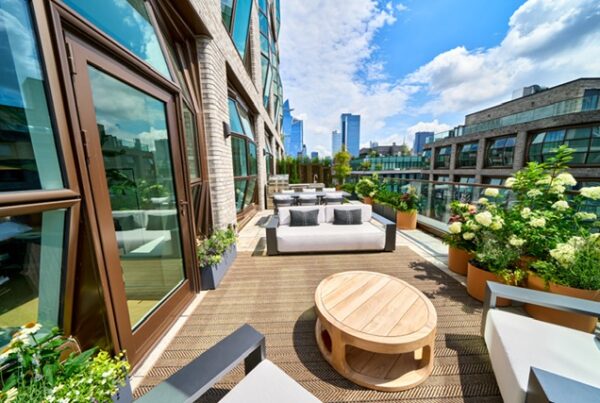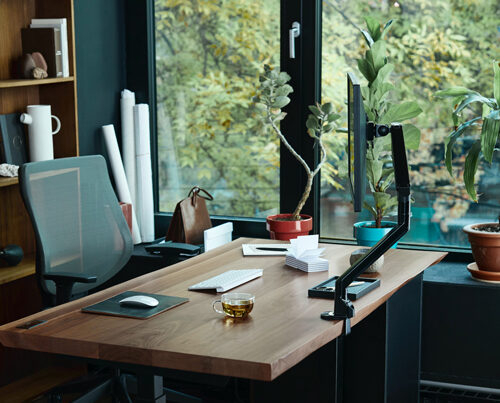Many businesses today, especially startups and freelancers, are shifting toward flexible workspace solutions to accommodate flexible work hours, employees and lease terms as well as improved collaboration. Flexible office space design also encourages creativity and productivity. What flexible workspace solutions can you adopt in your office?
What is Flexible Coworking Space?
Flexible coworking space is a type of flex space that offers a communal working area where people of different companies can congregate to work. These spaces also offer modern office amenities and resources, including Wi-Fi, printers, conference rooms, desks and a kitchen.
Flexible working office space offers businesses a number of advantages over traditional office space leases. Some of the benefits include flexible lease terms, less office expenditure, flexibility in working hours, and improved employee collaboration and satisfaction. Typically, these spaces exist in new and desirable locations.
Features of Flexible Workspace Design
Open Office Floor Plan
Flexible working office spaces rely on open plan concepts that limit barriers and maximize flexibility without committing to a permanent workspace layout. An open office floor plan also offers business owners easy communication and collaboration, a visually appealing aesthetic and cost savings.
Variety of Workspaces
Flexible workspace design should incorporate many different types of working spaces for employees, including collaboration spaces and quiet, private spaces. Employees should have opportunities to work by themselves, in smaller groups for brainstorming sessions or larger groups for corporate meetings. Spaces can be optimized for improved acoustics and lighting to accommodate quiet work zones.
Adaptable Furniture
Ergonomic, adaptable furniture establishes a foundation for flexible office space design where non-assigned seating and mobility is supported. Multipurpose spaces can be rearranged easily with adjustable desks, chairs and tables.





